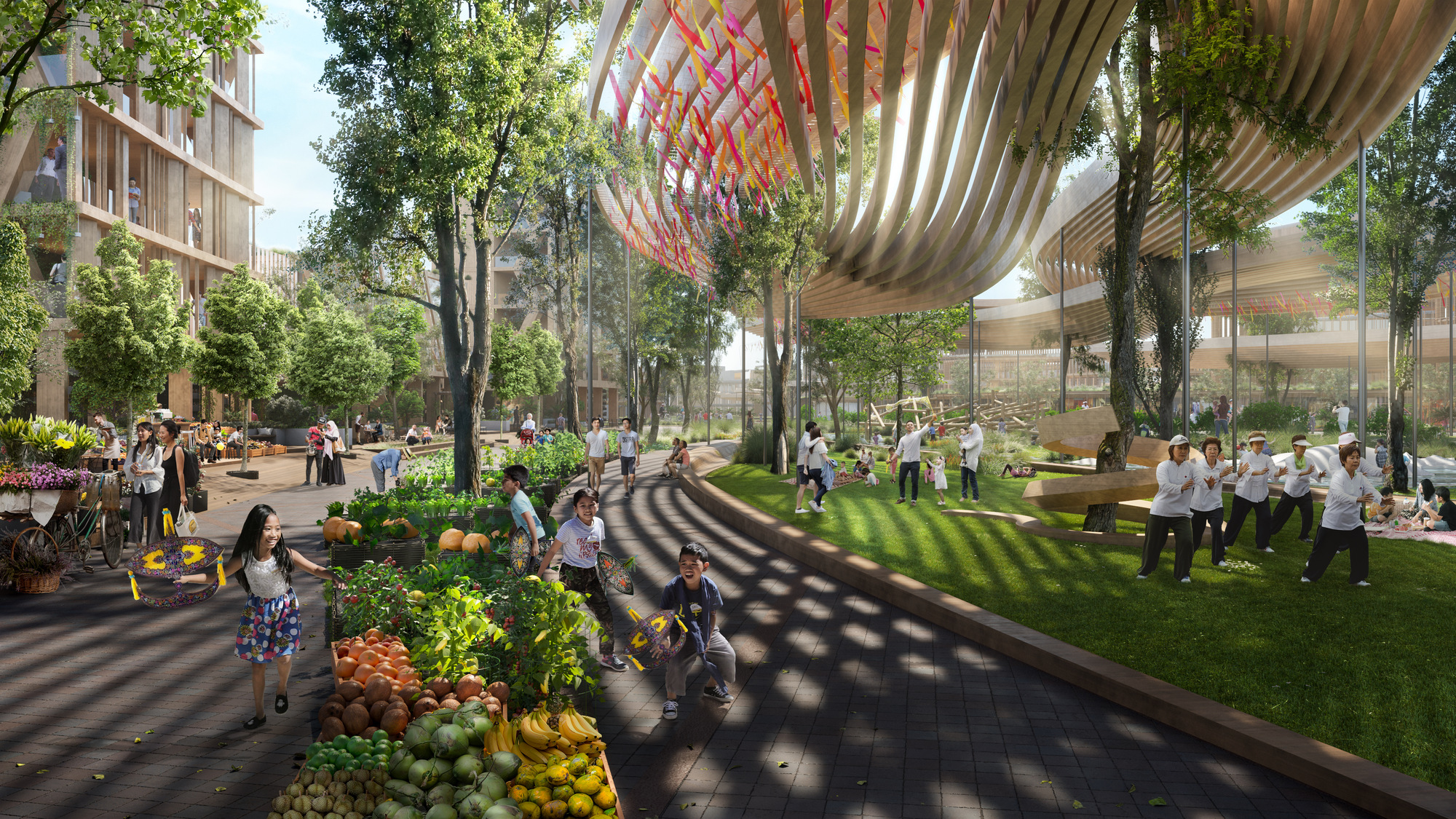In UNStudio’s latest report, we explore how architecture and urban design play a significant role in both long-term placemaking and the encouragement of community building.
Prior to the Covid-19 pandemic, facilitating the creation of communities related mainly to the workplace and the shared (living) economy, and was principally focused on co-creation, innovation and productivity. But recent events have highlighted the human need for connectedness on a broader scale and as an essential facet of human health.
In UNStudio’s new report, we delve into how architecture and urban design can be used to better promote community building. This is where the idea of placemaking becomes critical.


UNStudio Report: Architecture and Urban Design Critical to Helping Build Communities Post-Corona
“Designing to strengthen and support communities is all about creating places that bring people together,” says UNStudio’s Founder and Principal Architect Ben van Berkel. “A key approach to achieve this is through Placemaking, which it to create quality places that spark an emotional attachment for people, and that thrive when users have a range of reasons to be there.”
In essence, a successful placemaking strategy ensures that urban areas feel like real communities, rather than isolated - and isolating - concrete jungles.
Although some standard placemaking strategies may involve incremental small-scale developments, or tactical ‘guerrilla urbanism’ or ‘pop-up urbanism’, for architects and urban designers placemaking is about creating resilient, accessible, dynamic and inclusive places for the long-term.
“In the past, urban planning policies often failed to understand the human and economic value of community building, resulting in monofunctional neighbourhoods without sufficient public space, prolific and dense high-rise development with few social amenities, or an excessive focus on tourism resulting in considerable disruption to local social connectivity,” the report states.
Garett Hwang, UNStudio Hong Kong Director, says: “The definition of community has evolved so much that it’s no longer just a way of impacting communities through physical interaction or changes, but also digital, social, emotional and mental.”
Ren Yee, the Director of Design and Strategy at UNStudio’ sister arch tech company UNSense adds: “A one-size-fits-all solution doesn’t work for all urban contexts, because every city has its own goals and societal challenges. With smart use of technology today, cities can listen, learn and respond to individual residents’ needs.”
Both with and without digital layers, architecture and urban design play a significant role in both long-term placemaking and the encouragement of community building.
Through a series of examples, our report highlights different approaches and strategies to these themes from a selection of UNStudio and UNSense projects and urban studies.
These include data-based projects such as the Bruzzano masterplan and Brainport Smart District, as well as ‘cities within cities’ like Southbank by Beulah, FOUR Frankfurt and Booking.com, and temporary urban interventions such as the Xintiandi Installation.
Read the full report here.
Render: A2 Studio